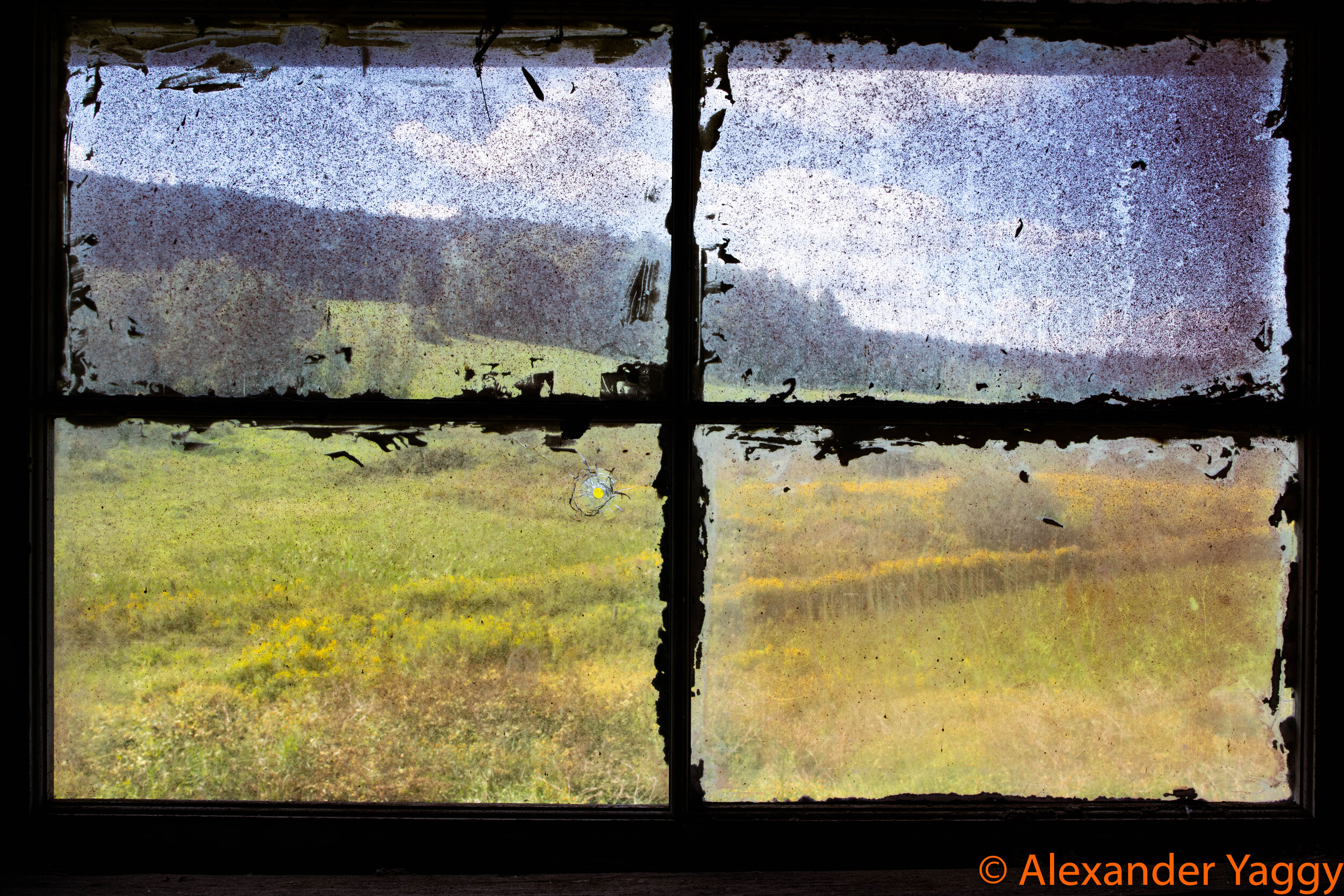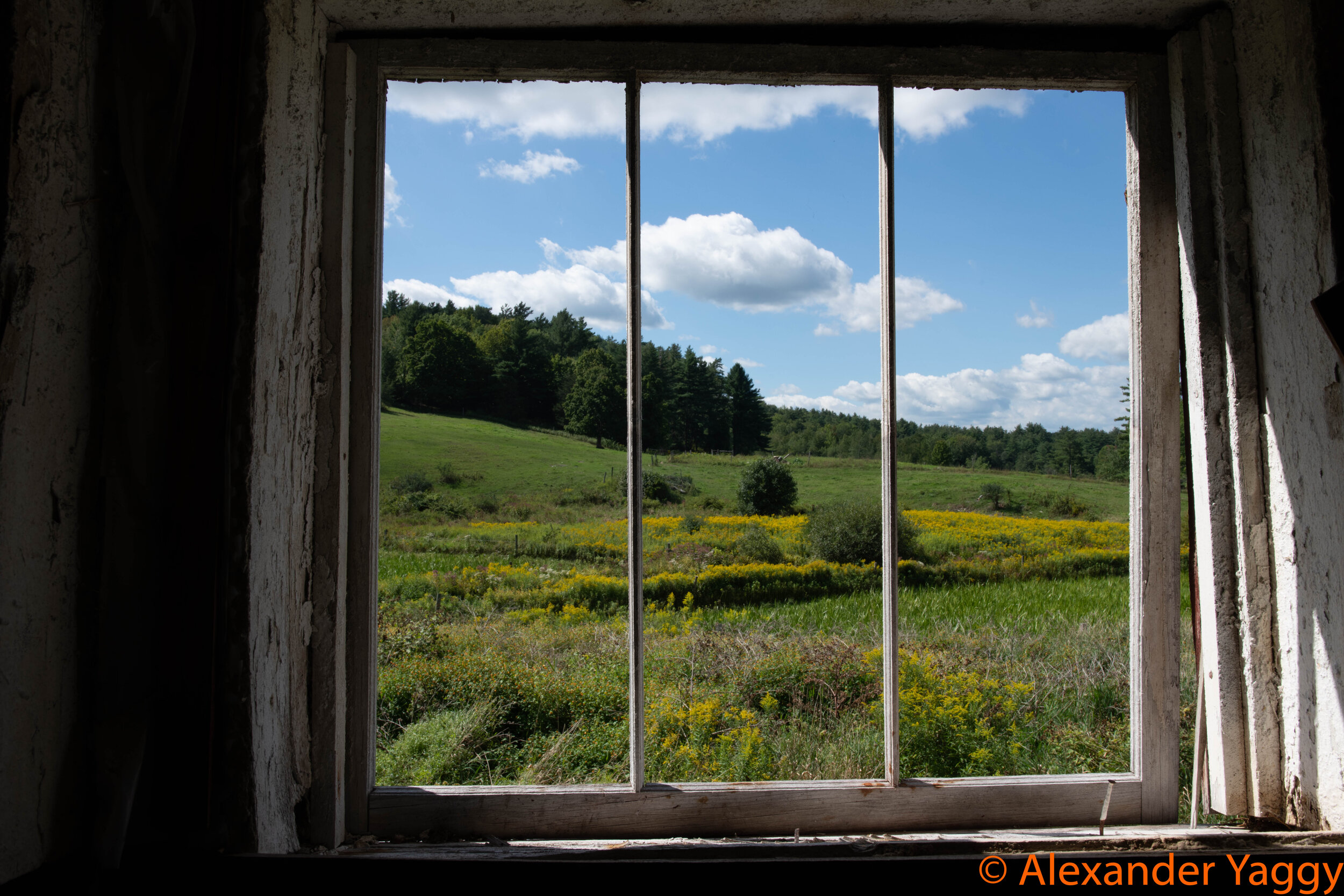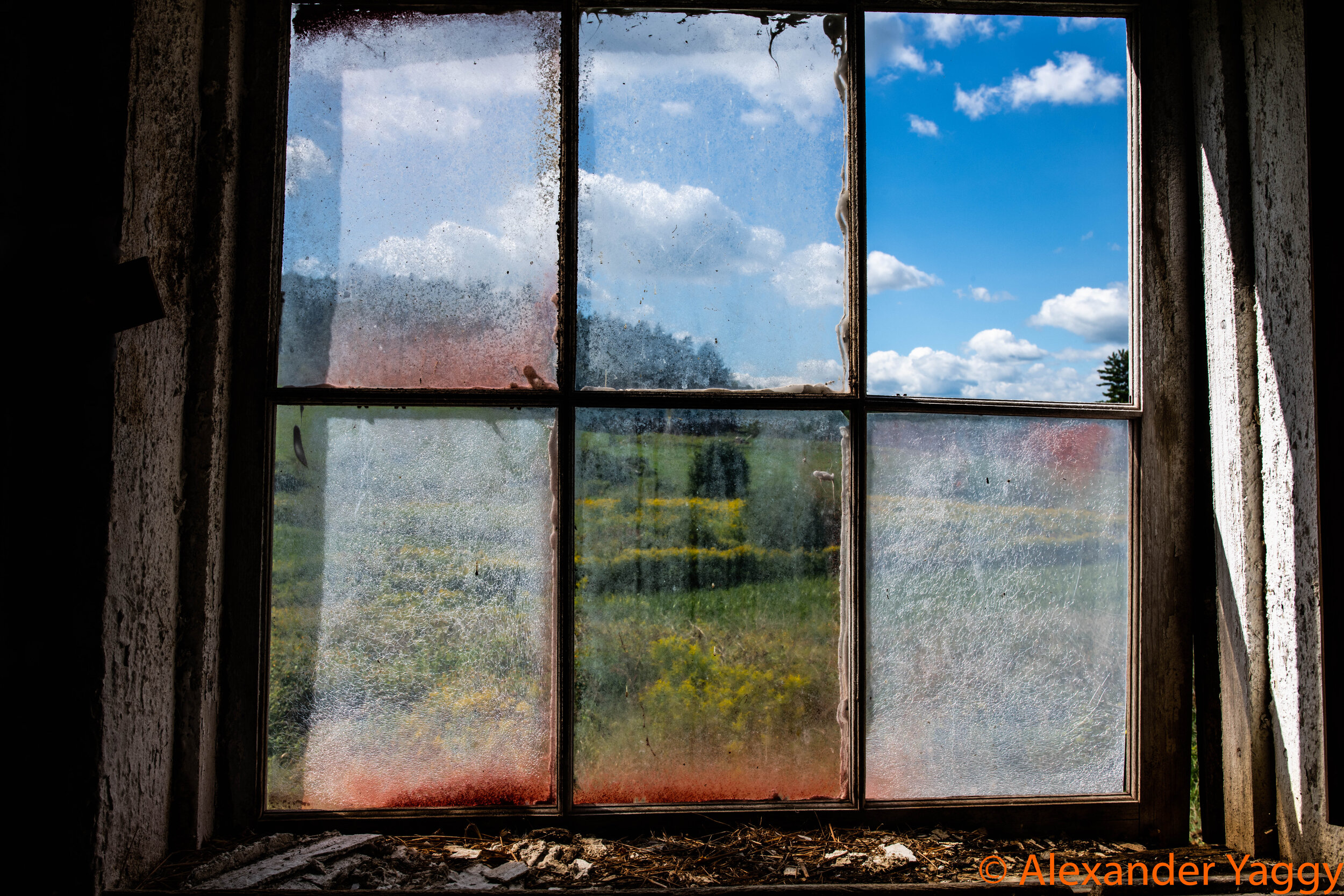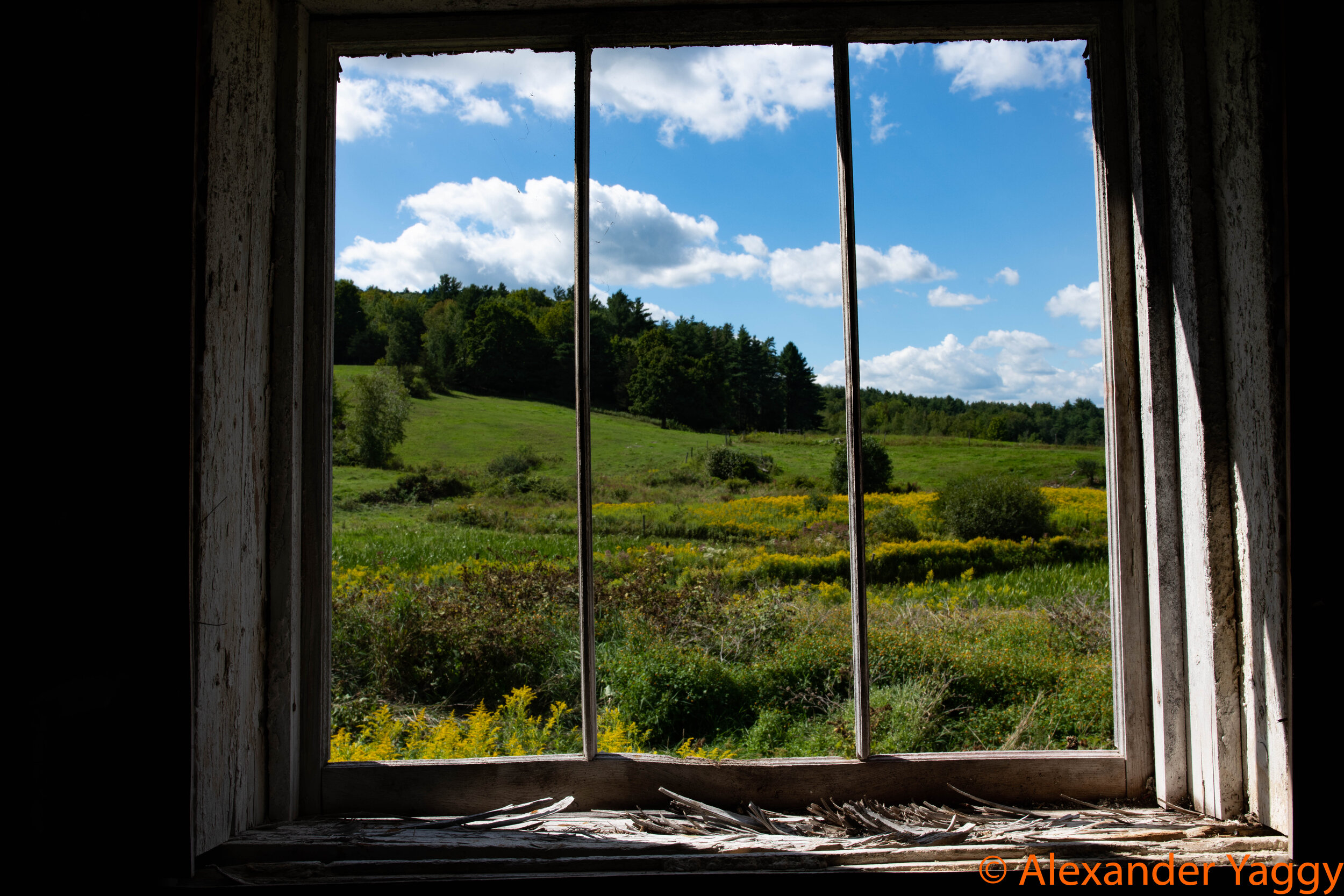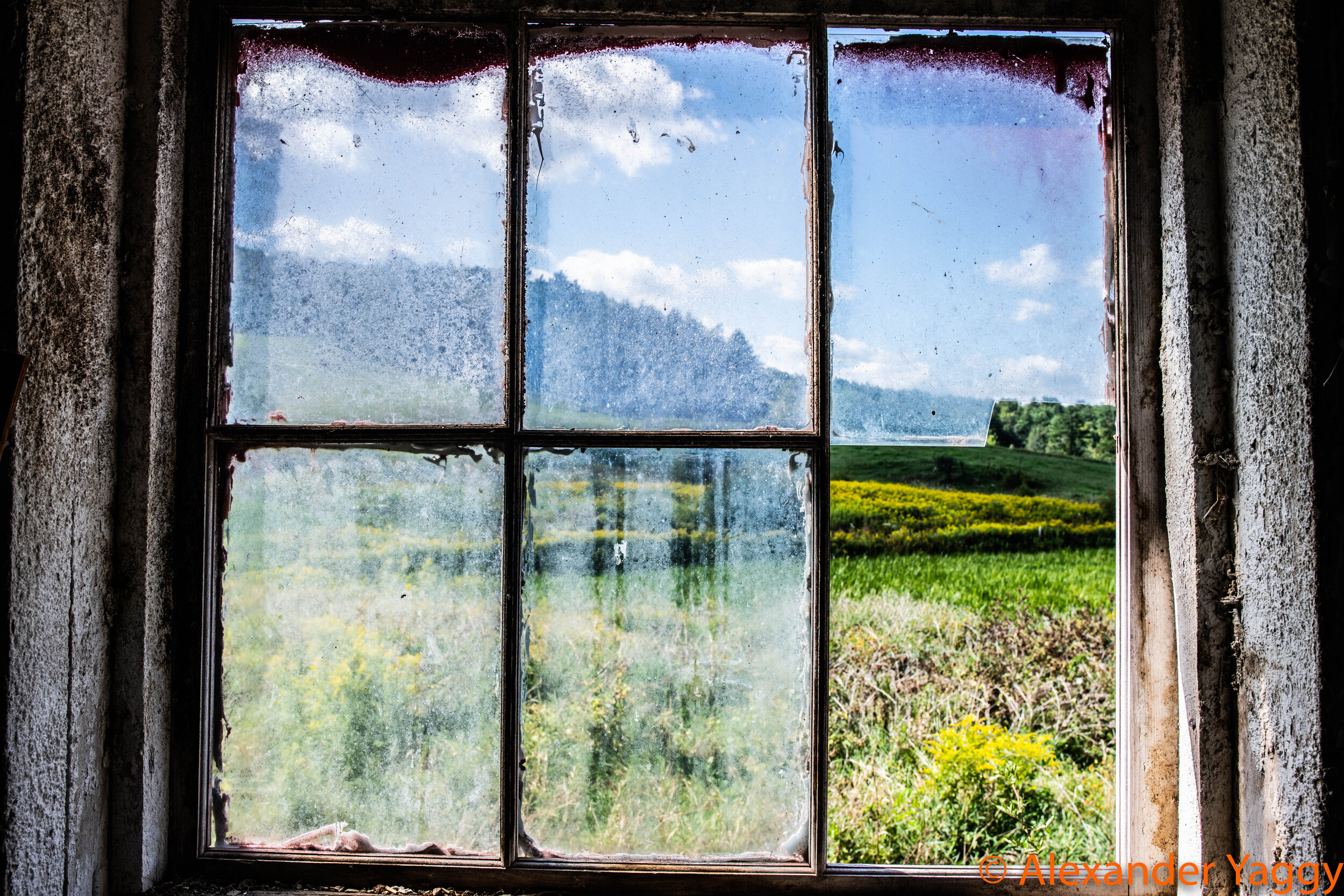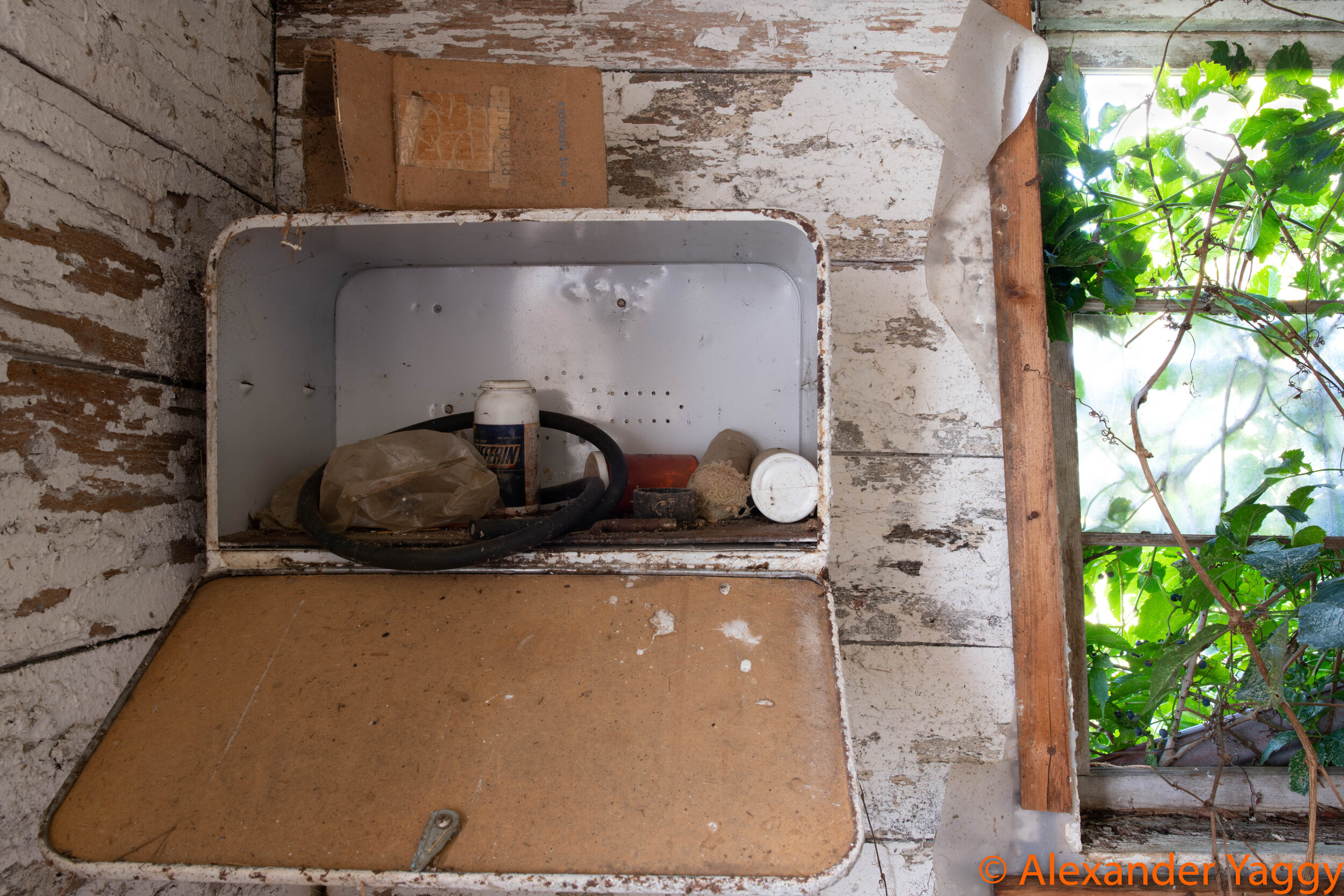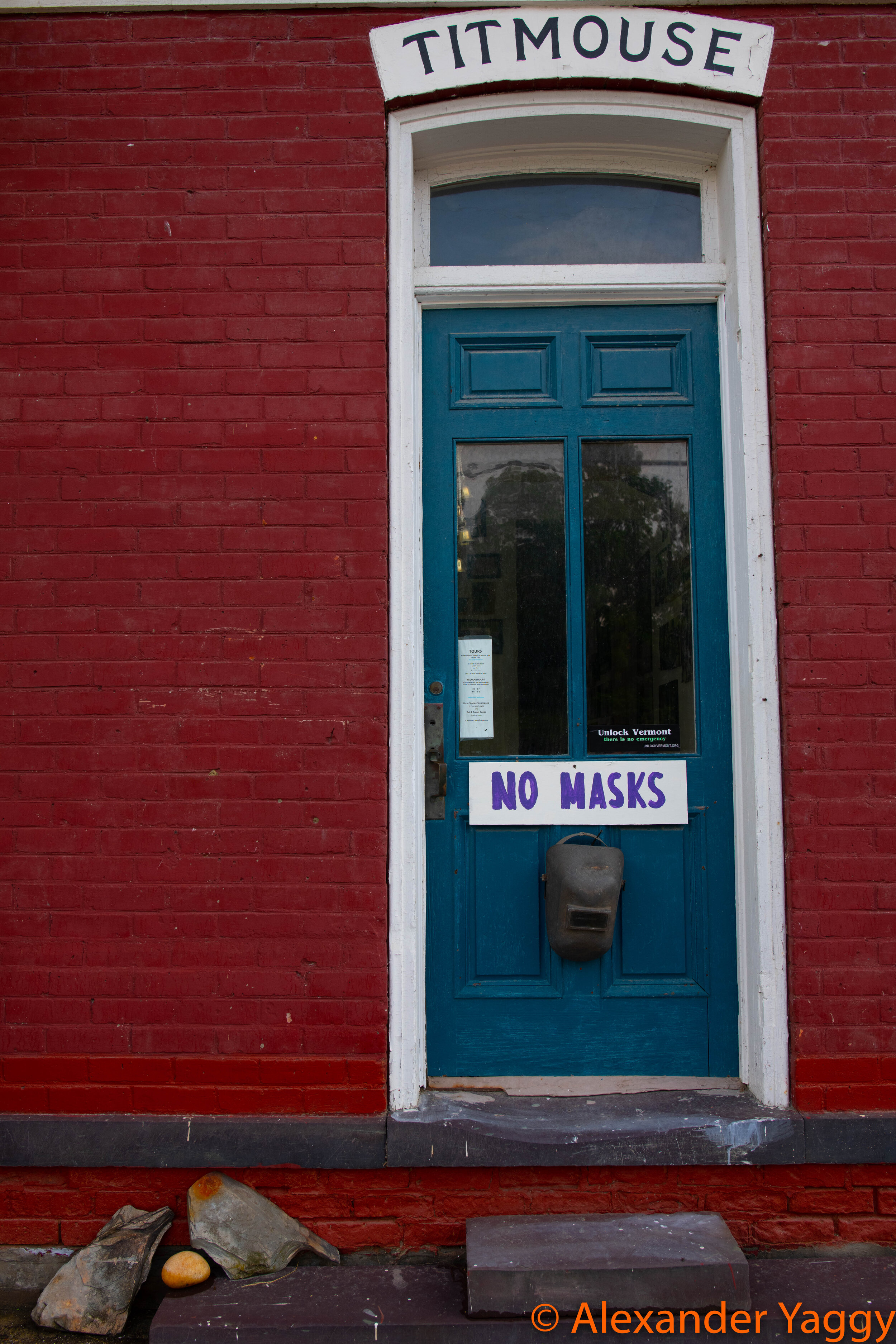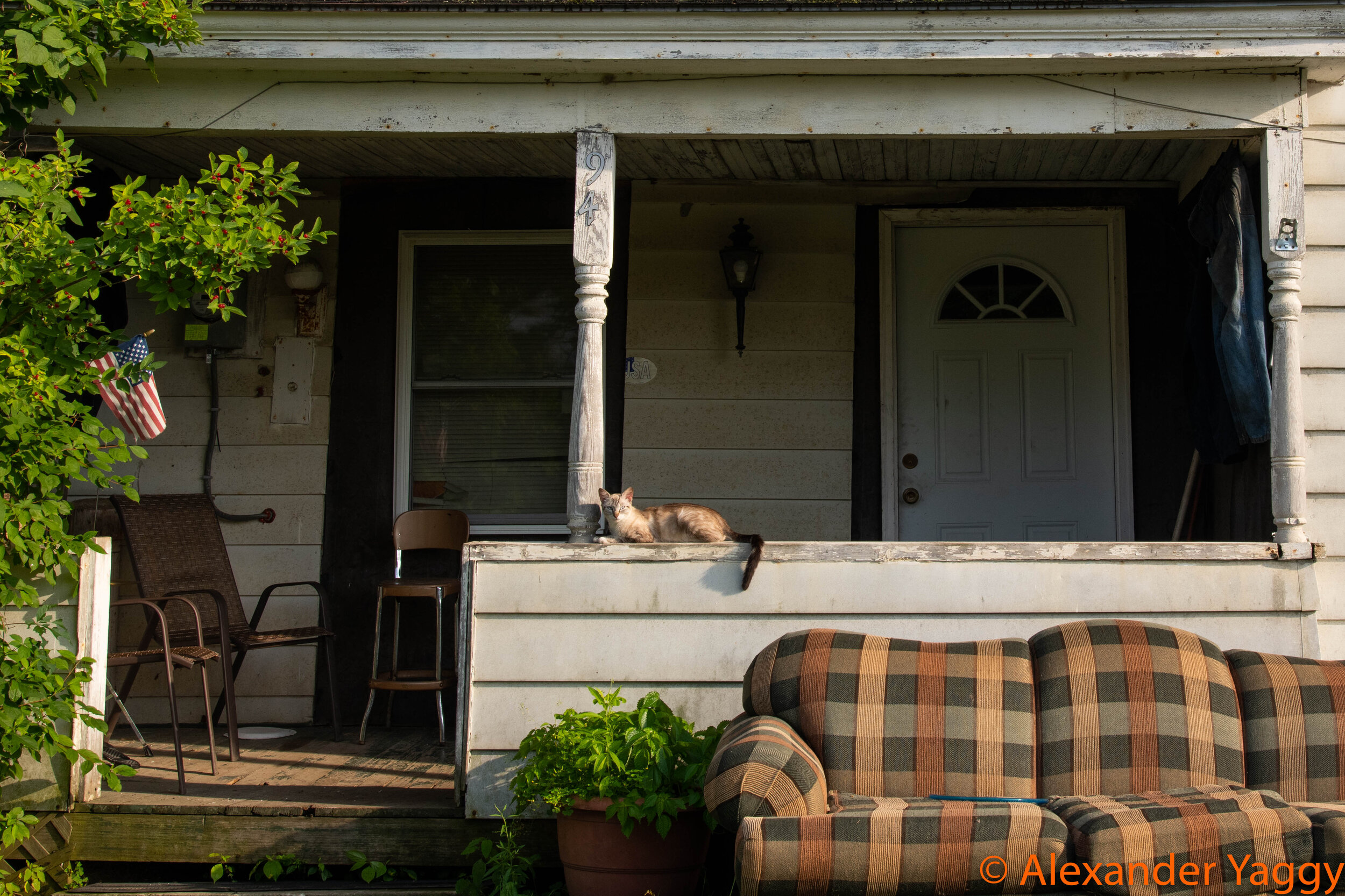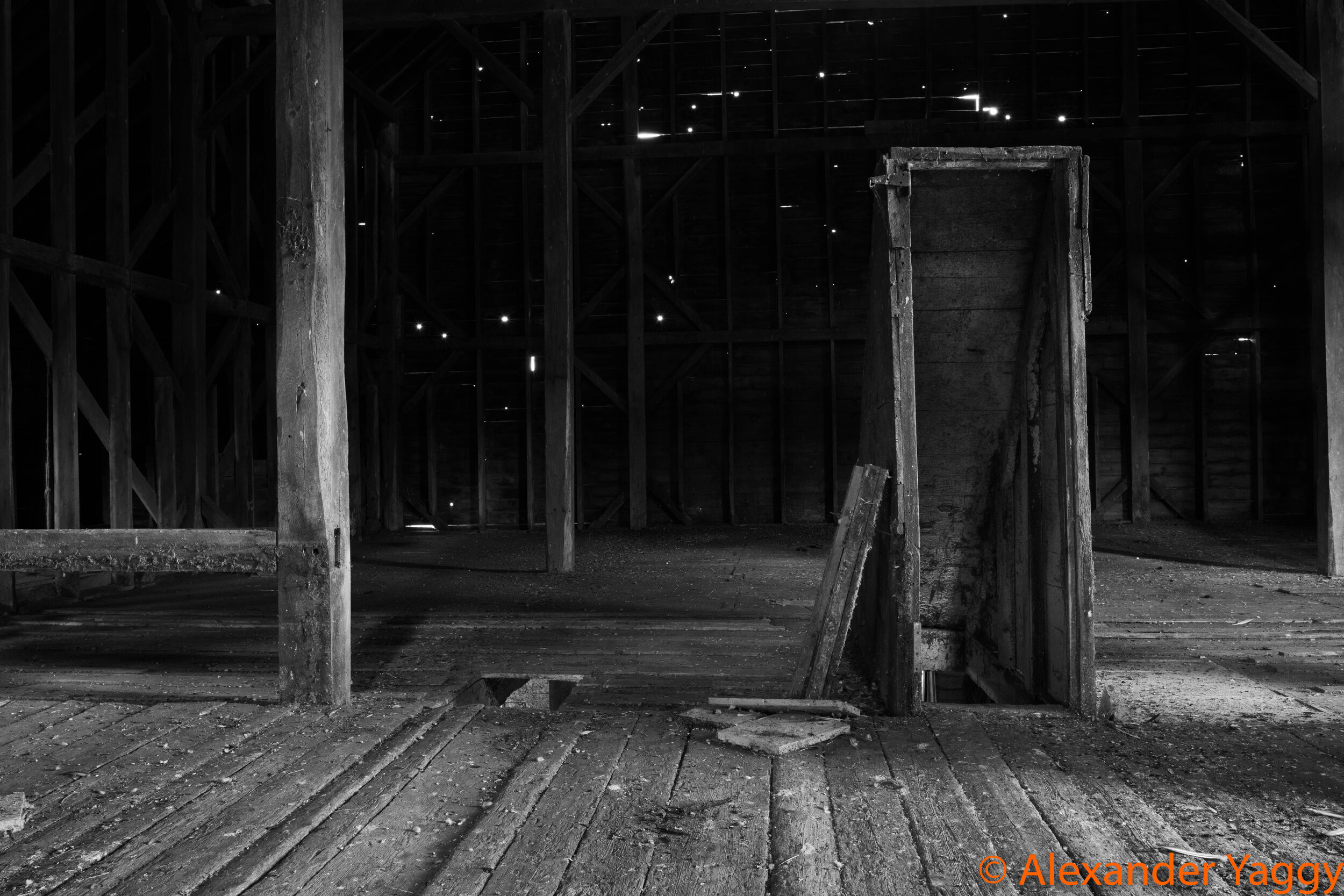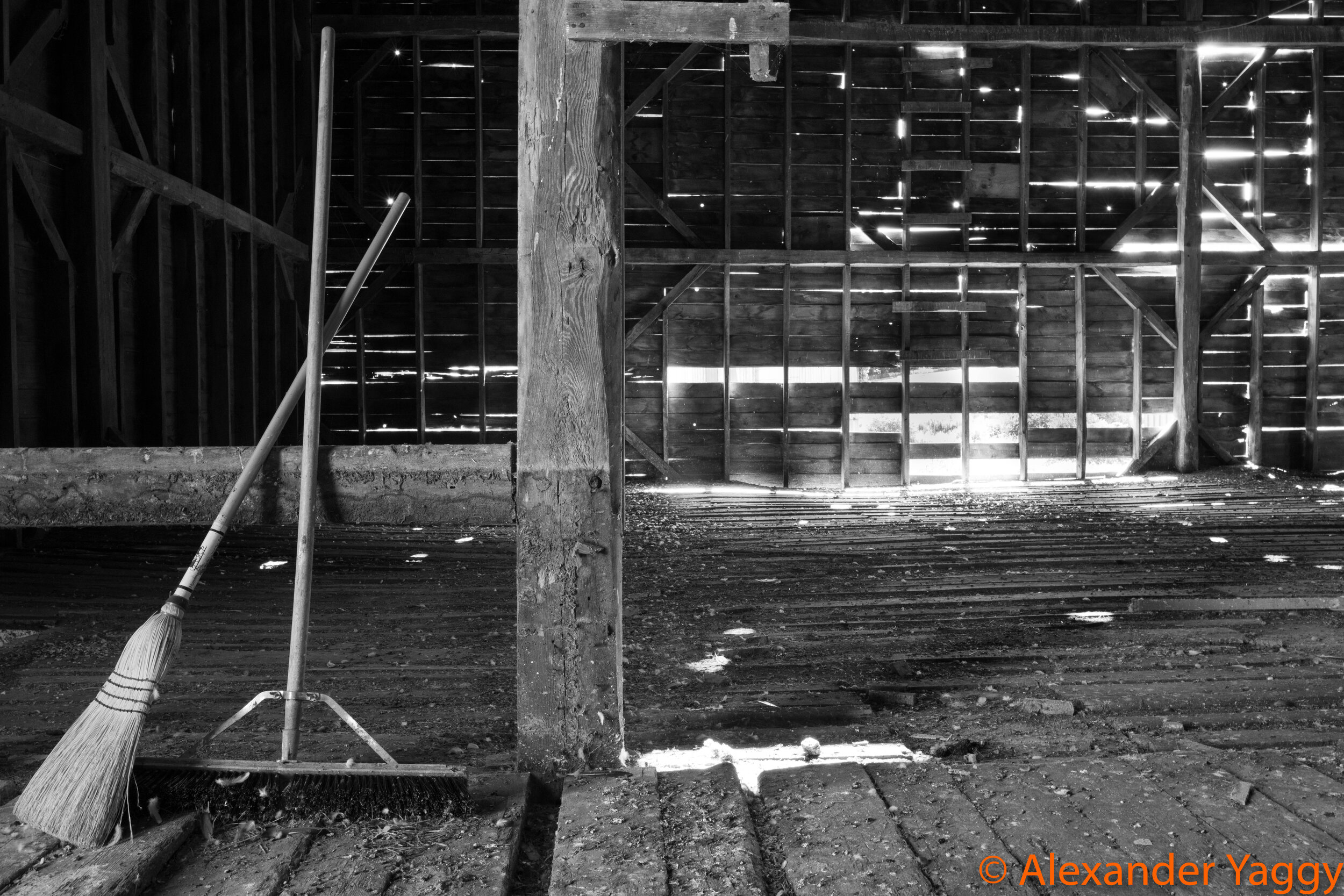Contrasting visuals are fairly normal in the area
Stop motion decay might be a good way to describe much of Vermont. Along every road are old farmhouses, listing barns, and old cars. Sometimes there are newer buildings, but generally everything looks a few years old at best, or started falling over in the 1980s and held together by epoxy since then. It’s wondrous but also strange in these days of super modern everything. As you drive by farms and small businesses, you know the economics just don’t work, yet here there they are, comforting in their resilience, but mysterious behind the drawn shades.
Cannonball into a cool swimming hole on a hot day
The state has hosted me more nights than any other except Maryland, where I grew up, New Jersey, for college, and New York, where I live now. For a brief period after college, before I had transitioned to office work, I left my job serving giant pizzas at Pizzeria Uno to travel Vermont in search of a place to live and work. I think I came to the conclusion after a week spent in bars up and down the spine of the state that the decay was visually appealing but professionally not a good sign of career prospects. Since then, though, over two decades plus, I have set foot in the state virtually every year and in all seasons.
This Summer, with the kids’ camps cancelled and all of the usual activities on hold at best, we retreated to a farm 20 miles up the road from friends in the southwest of the state. It was as real as farm country gets these days of precious farm-to-table meals shared across the globe via Instagram and high-speed internet. On hot days, of which there were many, the smell of the cows was strong enough to tempt us to close the windows, and the flies were relentless.
The towns near us were not tourist destinations, with enough Trump signs around to remind us we were just visitors and not locals. But everyone was incredibly nice, and most mornings I’d take the dog to the local general store for some rather bad coffee and rather good cinnamon donuts, then go for a swim at one of the numerous nearby swimming holes.
I have spent much time in recent years working on pushing aside my introversion in order to photograph people and activity. I am not much of a landscape photographer; it’s hard for me say what someone else has not already said and done so much better than I ever can. But I found my spots. In a long disused barn, the broken and dirty windows opened up to a magnificent and dynamic landscape, with cows, martins, and hawks always in motion under the clouds, with occasional coyotes. The old feeding and watering bins remained in wait for the cattle who, even six years after last trodding these floors, still left behind straw and manure perfectly preserved. The medicine cabinet with long expired Bufferin which probably tells you as much as you need to know about the reality of caring for dairy cows year-round in one of the coldest states of the union. In West Pawlet, a hamlet a few miles away from us, the few streets felt a bit like an old film where the quiet townsfolk stay behind closed doors and peer around drawn curtains as visitors tempt fate by walking the streets. Battered street signs faded in the sunlight and cat lazing above a dilapidated couch in front of an even more dilapidated house. As I shot the cat in the evening sunset, the shirtless owner shot of the door, haggard and bearded, but younger and scrawnier than me.
”What’s up?”
“Mind if I take a picture of your cat?”
“Don’t make me no bother…,” and he turned heel and squeezed through his battered door, then peered through bent blinds at me and my camera.
Don’t make me no bother seems as good enough a saying for 2020; if it’s not trying to kill you or take away everything you have, it’s probably not a big deal.


